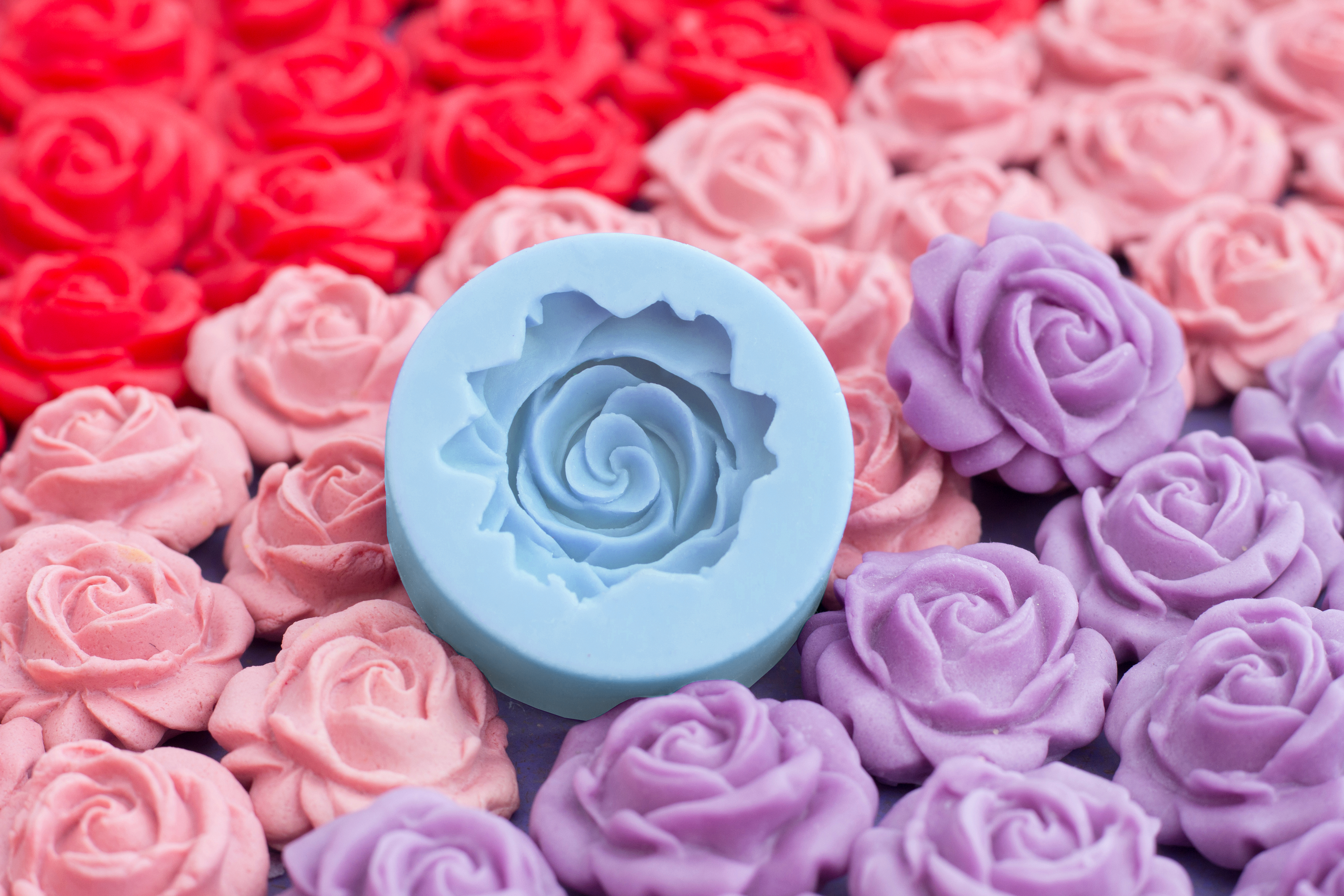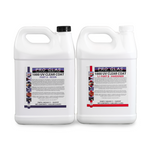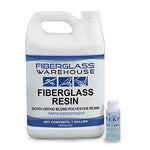You have no items in your shopping cart.
We get quite a few questions about our ArtiSil silicone. We decided to make a list of these questions and answer them here! We hope it is helpful.
1. Is making a silicone mold difficult?
- Working with silicone can be relatively easy if you follow instructions and prepare all the necessary materials beforehand. It is important to take accurate measurements and mix the components correctly.
2. When I hear the word “plug” or “master” what is being referred to?
- A plug or master is the part you want to replicated. For instance, if you are wanting to make a mold of an intricate sculpture, the sculpture would be considered the plug or master.
3. What is the difference between ArtiSil 1025T and ArtiSil 1040T silicone?
- The main difference between these two silicone types is their durometer, which measures hardness and flexibility. ArtiSil 1025T silicone is slightly more flexible and softer compared to ArtiSil 1040T. Generally, a higher durometer number indicates a harder material.
4. What is the difference between tin cure and platinum cure silicone?
- Tin cure is easier to use and quick-curing while platinum cure silicone has higher tear strength and durability. Platinum cure silicone is suitable for high stress and pressure as it offers excellent chemical resistance.
5. Do I need a vacuum chamber for using your silicone?
- While it is possible to use silicone without a vacuum chamber, it is recommended to use one for better results. This is so the bubbles do not affect the surface of the mold which will ultimately end up in the castings. Vacuum chambers are available for $100+.
6. What temperature is ideal for molding?
- It is best to work at room temperature for optimal molding results. Temperature and humidity can affect the curing process, so it is recommended to work in a controlled environment.
7. Can I use fiberglass and resin in a silicone mold?
- Although it is possible to use fiberglass and resin in a silicone mold, it is not ideal. Other casting materials such as resin (without fiberglass), polyurethane, or wax are usually preferred for obtaining desired detail in silicone molds.
8. How long does the silicone take to cure?
- Typically, it takes 24 hours to cure, but curing time may vary based on temperature. It is crucial to ensure complete curing before removing the mold from the container.
9. How should I care for silicone molds?
- Store silicone molds in a cool, dry area, away from heat. Avoid stacking items on top of them. Additionally, store the silicone part A and part B containers in a cool, dry place to prolong their shelf life.
Still have questions? You can send us an email at sales@fiberglasswarehouse.com or give us a call at 833-669-7899. We are always happy to help.










